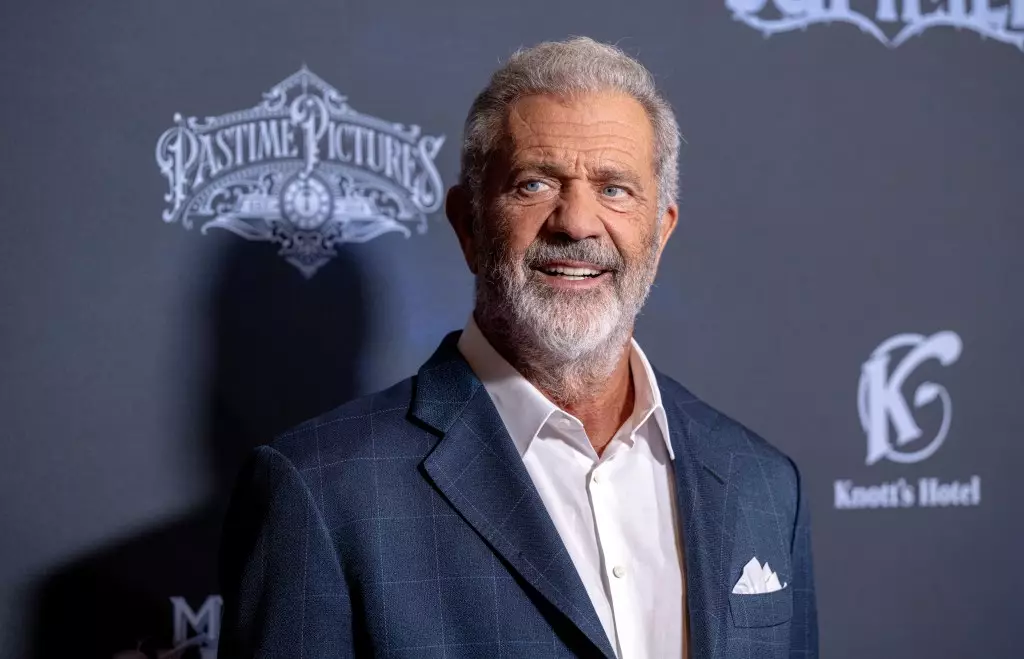Renowned filmmaker and actor Mel Gibson has recently made headlines with his announcement on Joe Rogan’s widely acclaimed podcast regarding the anticipated sequel to his monumental film, *The Passion of the Christ*. Set to dive into the resurrection of Jesus Christ, the new project, *The Resurrection of the Christ*, represents not only a continuation of a story that resonated deeply with audiences but also a bold creative endeavor fraught with complexity.
Gibson articulated his hopes to commence filming in the upcoming year, describing the script—crafted over a span of seven years—in an intriguing manner. He remarked, “It’s an acid trip. I’ve never read anything like it.” This bold statement indicates Gibson’s intention to push narrative boundaries, exploring themes and dimensions that go beyond traditional biblical storytelling. Collaborating with his brother and Randall Wallace, the script aims to blend profound theological narratives with compelling cinematic artistry.
Exploring Themes Beyond the Crucifixion
One of the most striking elements of Gibson’s vision is the film’s premise of exploring events beyond Christ’s crucifixion, delving into cosmic battles and existential realms. As Gibson noted, “In order to really tell the story properly you have to really start with the fall of the angels.” Here, the film promises an exploration of metaphysical dimensions, perhaps challenging viewers’ perceptions of good, evil, and redemption. By taking audiences to realms like Sheol and incorporating the dramatic fall of the angels, Gibson indicates an ambitious, multifaceted narrative structure that is poised to captivate audiences.
The director also expressed a desire to retain actor Jim Caviezel for the role of Jesus, which introduces an intriguing challenge given the two-decade gap since the original film’s release. Gibson’s mention of employing CGI techniques to de-age Caviezel highlights not only the technical hurdles he faces but also a commitment to continuity in storytelling. This facet of the production could spark discussions about the responsible use of digital effects in preserving artistry while engaging contemporary audiences.
Facing Creative Challenges Head-On
Gibson’s reflections on the project extend into the psychological realm, where he acknowledges the difficulty of recapturing the emotional resonance of the first film without resorting to clichés. His comment, “It’s about finding the way in that’s not cheesy or too obvious,” underscores the necessity of balancing faithfulness to the biblical account with an innovative cinematic approach. This delicate balance hints at Gibson’s keen awareness of potential critical scrutiny, especially considering the polarizing reception of his earlier works.
Ultimately, Gibson’s admission of uncertainty regarding his ambitious plans reveals a multifaceted understanding of artistic risks. As he stated, “It’s not going to be easy, and it’s going to require a lot of planning.” This candid acknowledgment of the challenges ahead, coupled with a clear passion for the project, positions Gibson as a filmmaker dedicated not merely to spectacle but to the substance and depth of storytelling.
*The Resurrection of the Christ* promises to be a gargantuan undertaking, marked by Gibson’s characteristic boldness and exploration of complex themes. While the project is undoubtedly ambitious, it invites questions about how contemporary filmmakers can engage with monumental stories of faith in a manner that resonates with today’s audiences. As he embarks on this new journey, Gibson shines a light on the intersection of artistic ambition and spiritual inquiry, raising anticipation and curiosity for what this film could ultimately become.

